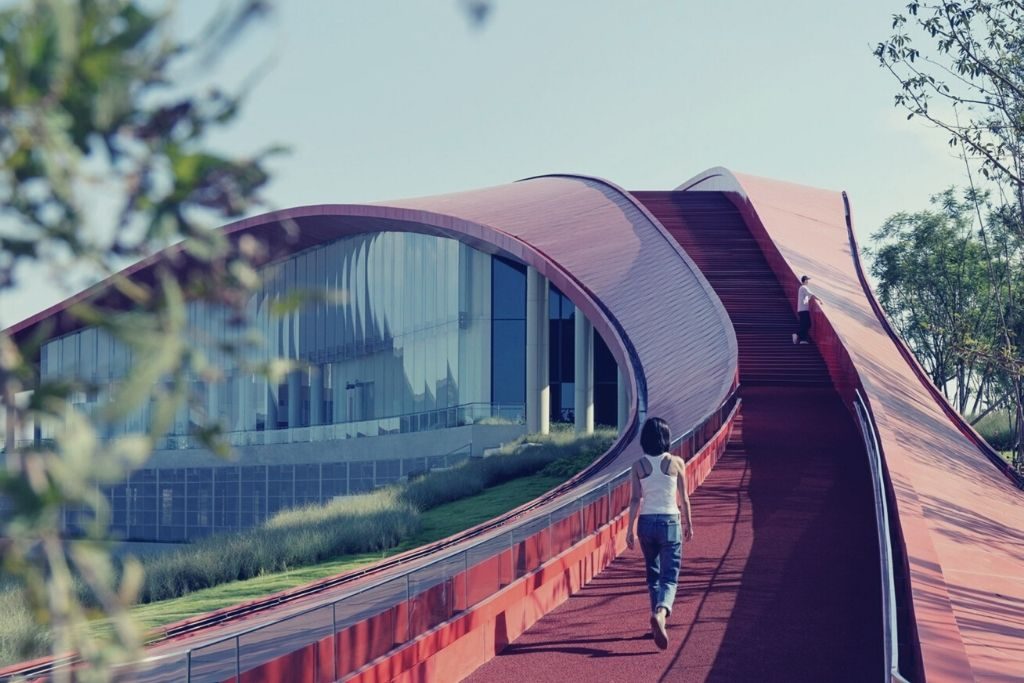2020 In Review: 7 Top Architecture Projects

The year 2020 was marked by the COVID-19 pandemic. The construction industry was likewise affected by the measures taken to combat the pandemic. In many countries, construction sites were partially or completely closed, and tasks were carried out from home where possible.
Predictive Maintenance: How AI Supports the Automation of Building Maintenance

Preventive care, efforts to prevent a disease before needing to treat it, isn’t a new idea and originated in Ancient Greek. However, throughout the 20th century, the increasing focus on understanding the human body to prevent the diseases single-handedly saved millions of lives and cut down healthcare costs.
How to Plan Accessible Evacuation Routes for Office Buildings

Emergencies and accidents can strike anyone, anytime, and anywhere, including the workplace. The United States Department of Labor includes both natural and humanmade incidents as a workplace emergency.
Crown Sydney: First Look at the Sydney Skyline’s New Icon

First inhabited by the Aboriginal locals some 50,000 years ago, Sydney was one of the most significant cities in the Western world by the 19th century. Currently home to over 5 million Sydneysiders, it remains Australia’s most populous city and commercial center.
The Future of BIM: Internal Optimization and Interoperability

Despite different architectural styles, histories, and locations, Westminster Abbey, Cathedrals of Milan and Cologne, the Palace of Alhambra, and Stonehenge have many things in common. They’re all iconic landmarks visited by millions of people a year.
Education and COVID-19: How the Pandemic Influences Classroom Architecture

While remote and technology-assisted learning was already on the rise, the COVID-19 pandemic made it an inevitability for millions of students of all levels around the world. Depending on their local and national public health regulations, some educational institutions have re-opened, some experiment with hybrid models of learning, and some continue a fully remote education.